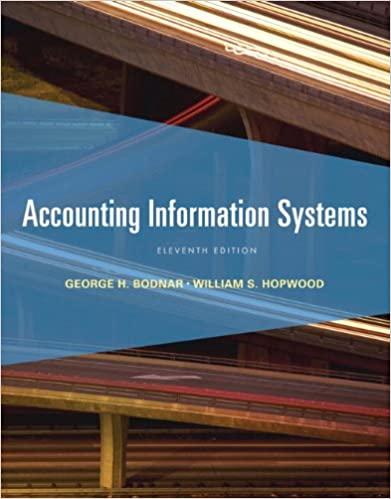Youngs double-slit experiment underlies the Instrument Landing System used to guide aircraft to safe landings when the
Question:
(a) Find the wavelength of the waves. The pilot €œlocks onto€ the strong signal radiated along an interference maximum, and steers the plane to keep the received signal strong. If she has found the central maximum, the plane will have just the right heading to land when it reaches the runway.
(b) What If? Suppose instead that the plane is flying along the first side maximum (Fig. P37.11b). How far to the side of the runway centerline will the plane be when it is 2.00 km from the antennas?
(c) It is possible to tell the pilot she is on the wrong maximum by sending out two signals from each antenna and equipping the aircraft with a two-channel receiver. The ratio of the two frequencies must not be the ratio of small integers (such as 3/4). Explain how this two-frequency system would work, and why it would not necessarily work if the frequencies were related by an integer ratio.
.PNG)
Fantastic news! We've Found the answer you've been seeking!
Step by Step Answer:
Related Book For 

Accounting Information Systems
ISBN: 9780132871938
11th Edition
Authors: George H. Bodnar, William S. Hopwood
Question Posted:





